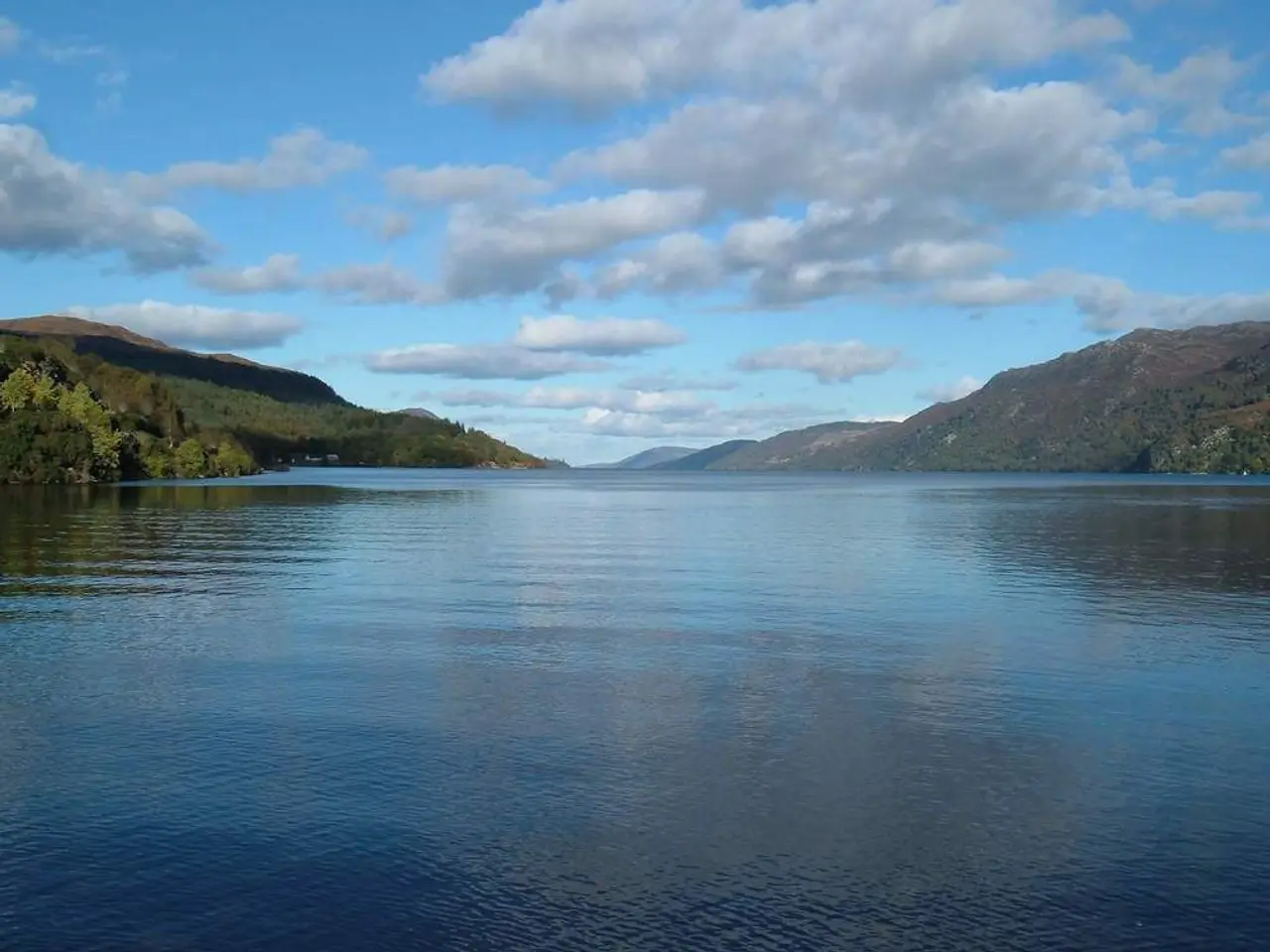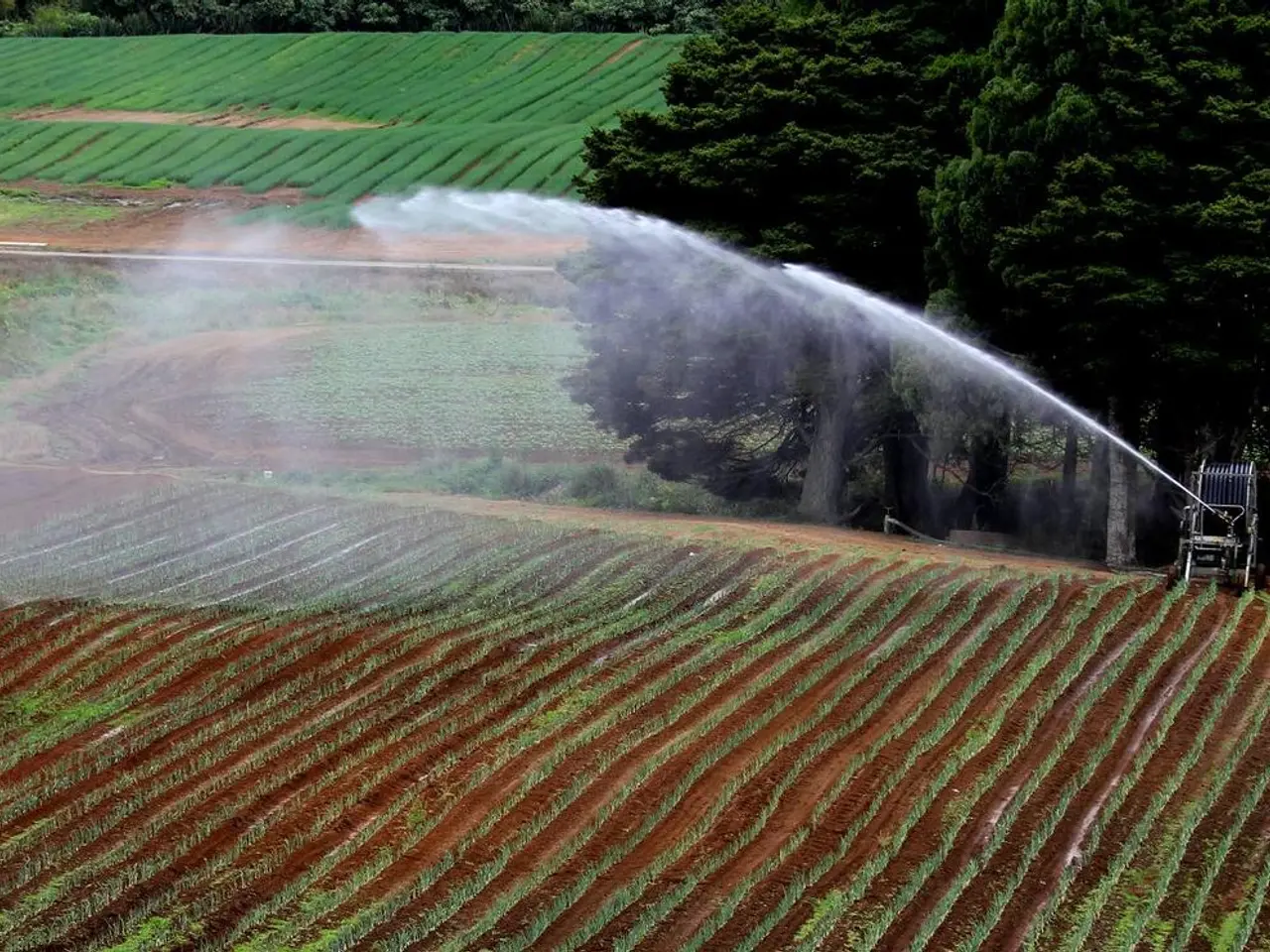Rivers in the atmosphere, aerosol particles producing clouds, and California's water storage facilities
The CalWater 2015 field campaign, an interagency, interdisciplinary effort, is set to commence on January 14, 2015. Led by Marty Ralph, Kim Prather, Dan Cayan from Scripps, and Chris Fairall, Ryan Spackman, and Allen White of NOAA, the study focuses on atmospheric rivers (ARs) and their role in shaping California's precipitation patterns.
Atmospheric rivers are long, narrow corridors of concentrated water vapor transport, responsible for delivering a significant portion of precipitation to the U.S. West Coast. When these rivers hit the coast, they release their moisture, with the amount and type (rain or snow) depending on aerosols. The CalWater 2015 campaign aims to build upon findings from its predecessor, CalWater1, by investigating the influence of aerosols from various sources on clouds and precipitation processes over California.
The methodology of CalWater 2015 involves a multi-platform observational approach. Aircraft equipped with advanced remote sensing instruments, such as dropsondes and Global Navigation Satellite System (GNSS) receivers, will be flown through and around AR systems to capture detailed vertical and horizontal profiles of moisture, temperature, wind, and precipitation structure.
One technique used is the Airborne GNSS Radio Occultation (ARO), which measures signal delays from satellites to retrieve atmospheric moisture profiles through AR cores with high spatial resolution, even in areas where traditional dropsonde deployments were limited. Dropsonde releases along flight tracks crossing AR cores will provide direct in situ measurements of atmospheric state variables like humidity and wind.
The campaign will combine these measurements with surface observations and modeling to elucidate AR mechanisms, moisture transport pathways, and precipitation processes contributing to major storm events affecting California. NASA will provide remote sensing data for the project, while the DOE's Atmospheric Radiation Measurement (ARM) Climate Research Facility will contribute resources.
The research team includes scientists from UC San Diego, the Department of Energy's Pacific Northwest National Laboratory, NOAA, NASA, and leverages the NOAA and DOE investments. The study aims to improve understanding of how California gets its rain and snow, how human activities influence precipitation, and how the new science can inform water management decisions relating to drought and flood.
Atmospheric rivers are a focus of the study, as they contribute most of the heavy rains along the coast and mountains in the West. The CalWater 2015 campaign follows the 2009-2011 CalWater1 field campaign and is supported by NSF and NASA. The DOE-funded ARM Cloud Aerosol Precipitation Experiment (ACAPEX) is part of the CalWater 2015 campaign, led by Ruby Leung from PNNL.
For media inquiries, contact information for PNNL and NOAA is provided. The CalWater 2015 campaign is a significant step towards enhancing scientific knowledge of ARs to better predict their intensity and impacts on California's water resources.
Scientists from various institutions, including UC San Diego, were conducting the CalWater 2015 field campaign, focusing on atmospheric rivers (ARs) and their impact on California's weather and climate-change. The study was part of environmental science, aiming to improve understanding of the role of aerosols in shaping precipitation patterns and how human activities influence precipitation, thus informing water management decisions.








